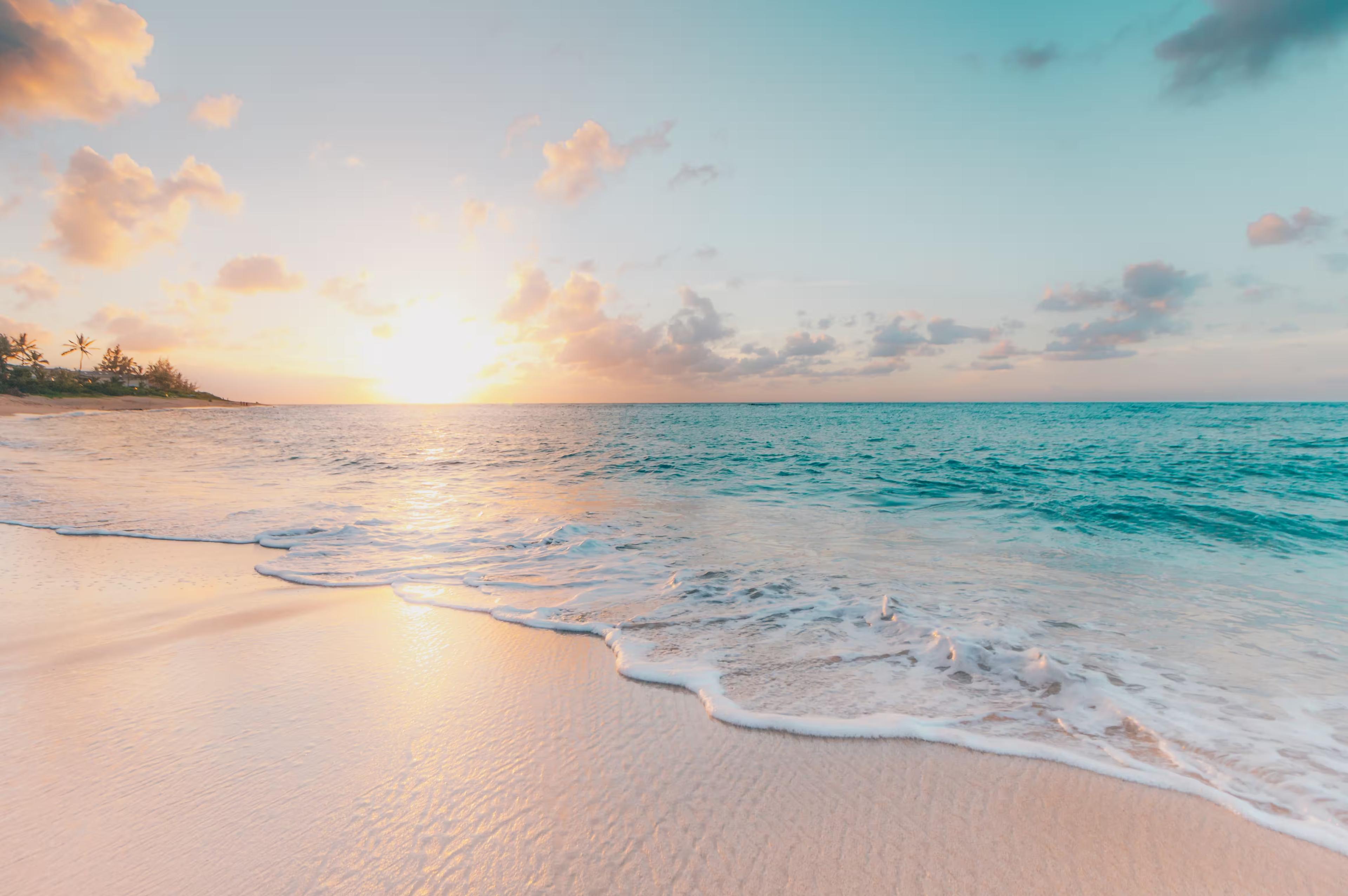Overview
The Longfin Mako Shark, also known simply as the Mako Shark, is distinguished from other sharks by their long, slender pectoral fins, which are significantly longer than their dorsal fins. This feature gives them a more streamlined appearance compared to other Mako species.
Commonly found in:
- United States
- Mexico
- Cuba
- Bahamas
- Dominican Republic
- Puerto Rico
- Brazil
- South Africa
- Australia
- New Zealand
- Japan
- South Korea
- China
- Indonesia
- Philippines
Over the past 67 years, there have been 2 recorded attacks by Longfin Mako Sharks. Of these attacks, they have occurred at sea and at the following beaches:
- LIST OF BEACHES HERE
Size and Weight
- Size: Males average between 7-8 feet when mature, females 8-10 feet
- Weight: Males typically 300-400 pounds, females 500-700 pounds
- Swimming speed: Both sexes can reach speeds of 35-45 mph
Interaction with Humans
- Interaction with Humans: Rarely encounter humans, but can be aggressive if provoked
- Avoidance: Stay out of known mako shark habitats, avoid swimming in open ocean areas
- Activity: Most active during day and night, with peak activity at dawn and dusk
Lifespan and Diet
- Lifespan: Males live 20-25 years, females 25-30 years
- Diet: Primarily feeds on fast-swimming fish and squid, hunts by chasing prey at high speeds
Migratory Patterns
Longfin Mako Sharks exhibit seasonal migratory patterns. They typically start in temperate waters off the coasts of countries like New Zealand, Australia, and South Africa during the warmer months. As temperatures cool, they migrate towards more tropical regions, moving northward to areas near Japan, Taiwan, and the Philippines in the western Pacific, or towards the Caribbean and Gulf of Mexico in the Atlantic. Some individuals have been observed traveling long distances across ocean basins, but their exact routes and destinations can vary.


